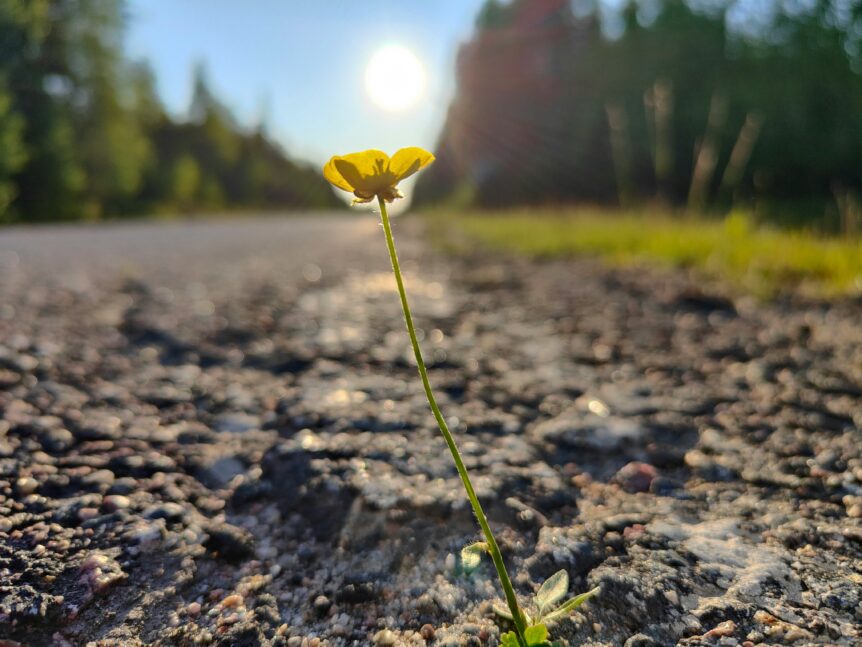“Hope does not need to be merely a passive wish; it can be an active force to propel us forward.” Robert Redford
For many teachers, hope can feel like an unspoken emotion held quietly between challenging days, shifting priorities, and the pressure of caring for so many others. Redford’s words invite us to reimagine hope not as a feeling we wait for, but as a practice we choose. When we see hope as action, it becomes more than covert optimism; it becomes a turning point, a shift from living from a place of fear to living on purpose.
Fear keeps us small. It tells us our choices are limited, that change is too risky, that burnout is simply a condition we must endure. Purpose, on the other hand, calls us toward what feels meaningful, aligned, and true. Hope is the bridge between the two. It’s the moment we decide that our lives and careers deserve more than survival. Hope inspires us to move toward work that feels sustaining rather than draining.
For teachers at a crossroads, this shift is profound. Whether the crossroads involves burnout, a desire for leadership, a craving for creativity, or a subtle inner pull toward something new, ‘active hope’ provides direction and kindles courage. It begins with clarity and the willingness to pause and truly look at who and where you are. It’s a time to acknowledge what isn’t working, what your heart is asking for, and what you long to contribute next.
This kind of hope isn’t passive wishing; it’s deliberate reflection. It’s choosing to explore your values, your strengths, and the kind of impact you still want to have, whether that’s inside a classroom or beyond it. Once clarity takes root, hope naturally becomes movement.
Movement might take the form of seeking mentorship, pursuing professional learning, setting healthier boundaries, or mapping out new career possibilities. It might be the courage to ask for what you need, or to walk toward what you truly want.
Active hope doesn’t require a full roadmap. It asks only for the next step, and for that step to be taken with intention and self-compassion. When we choose hope as action, we reclaim our power. We discover that the crossroads is not a dead end but a starting point that has the potential to flow into purpose, possibility, and renewed vitality.

